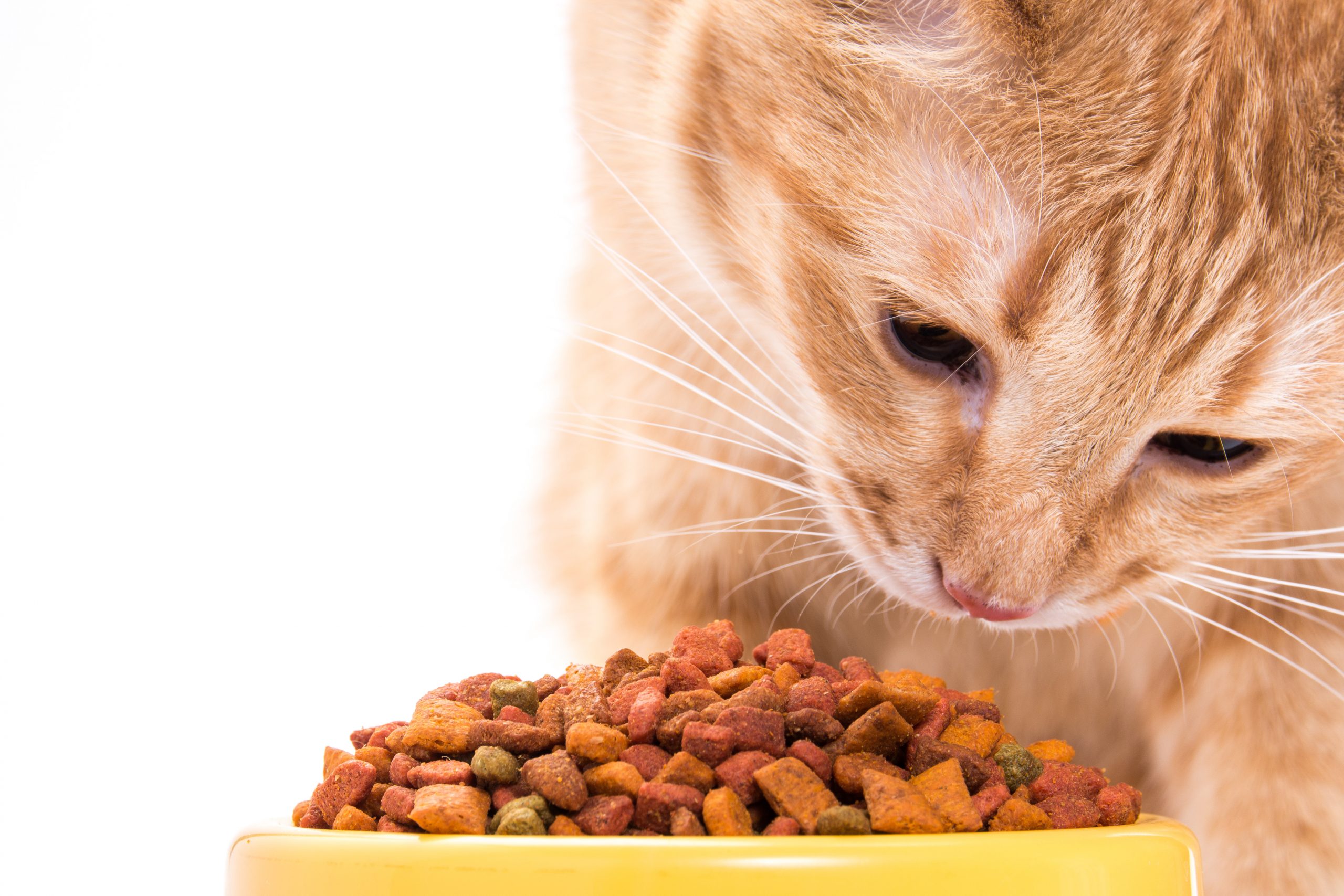The Bernard Rodriguez Journal
Exploring the latest trends and stories in news and lifestyle.
Barking Up the Right Brand: Choosing Pet Food That Satisfies Tails and Taste Buds
Discover the secrets to choosing the perfect pet food that delights both your furry friend's palate and tail—satisfy their cravings today!
The Ultimate Guide to Decoding Pet Food Labels: What Every Pet Owner Should Know
Understanding pet food labels is crucial for every pet owner aiming to provide the best nutrition for their furry companions. Pet food labels are not just a bunch of numbers and ingredients; they are a window into the nutritional value of the food you choose. To decode them effectively, start by familiarizing yourself with the ingredient list, which is typically ordered by quantity. The first few ingredients are the primary components of the food, so look for quality sources of protein, whole grains, and healthy fats. Be wary of vague terms like 'meat by-products' or 'animal fat,' as these can be lower-quality ingredients.
Next, pay attention to the Guaranteed Analysis section, which outlines the minimum percentages of protein and fat, as well as the maximum percentages of fiber and moisture. This information helps you assess whether the food meets your pet's dietary needs. Additionally, look for feeding guidelines on the packaging, as they provide valuable information regarding portion sizes based on your pet's weight and age. By understanding these key components of pet food labels, you can make informed choices that promote your pet's health and well-being.

Top 5 Ingredients to Look for in High-Quality Pet Food
When selecting high-quality pet food, it's crucial to understand the key ingredients that contribute to your pet's overall health and well-being. Here are the top five ingredients to look for:
- Real Meat - The first ingredient should always be real meat, such as chicken, beef, or fish. This ensures that your pet is getting the protein they need for muscle development and energy.
- Whole Grains or Vegetables - Ingredients like brown rice, quinoa, or sweet potatoes provide essential carbohydrates and fiber, promoting digestive health.
- Healthy Fats - Look for sources of omega fatty acids, such as fish oil or flaxseed, which support skin and coat health.
- Fruits and Vegetables - Ingredients like blueberries, carrots, and spinach are rich in antioxidants and vitamins that can boost your pet's immune system.
- Avoid Fillers - Stay away from pet foods that list fillers like corn or soy as top ingredients, as they provide little nutritional value.
Choosing high-quality pet food goes beyond just picking a brand; it's about making informed decisions for your furry friend. Always check the ingredient list on the packaging, as a premium product will clearly display its nutritional benefits. Remember that pets, like humans, thrive on a balanced diet. Incorporating foods with these top ingredients will help ensure that your pet leads a long, active, and healthy life.
Are Grain-Free Diets Really Better for Your Dog? The Pros and Cons
Grain-free diets for dogs have gained popularity among pet owners who believe that they can improve their furry friends' health. Advocates of grain-free diets argue that these diets can reduce the risk of food allergies, improve digestion, and promote a shinier coat. Some researchers posit that dogs, being descendants of carnivorous wolves, may thrive on a diet that mimics their ancestral eating habits, which consist primarily of meat. However, it's essential to note that while some dogs may indeed benefit from grain-free options, alternatives like quinoa or barley provided in traditional dog food can also offer vital nutrients and fiber.
On the flip side, there are concerns regarding the potential risks of grain-free diets. Recent studies have linked these diets to a higher incidence of dilated cardiomyopathy (DCM), a serious heart condition, particularly in certain breeds. This has raised questions about the overall nutritional balance of grain-free foods and whether they can provide all the necessary vitamins and minerals for your dog. As with any dietary change, it's crucial to consult with a veterinarian to ensure your pet's dietary needs are adequately met and to determine if grain-free is the best choice for their health.